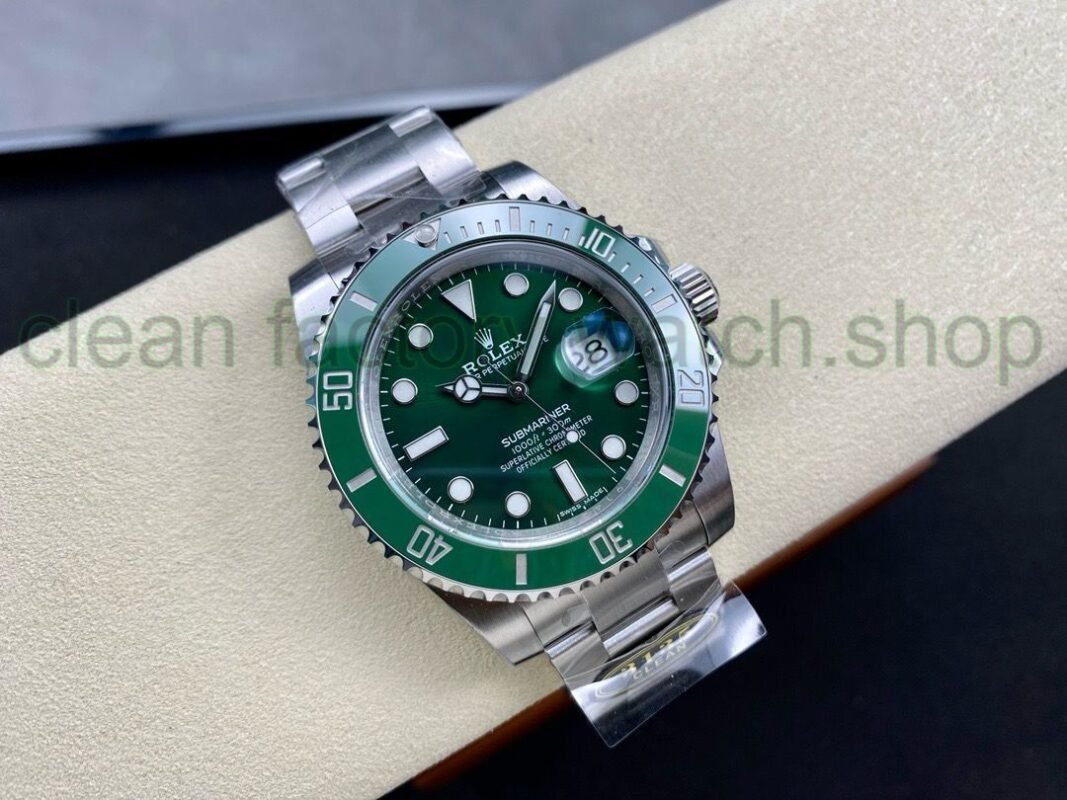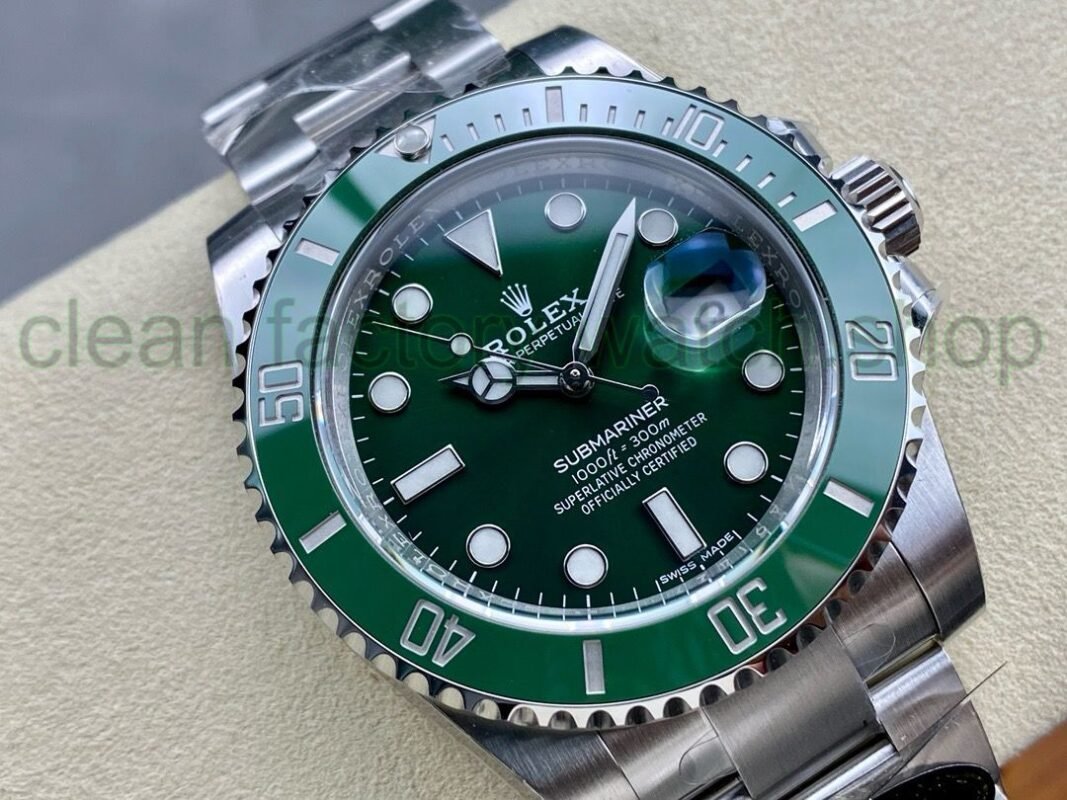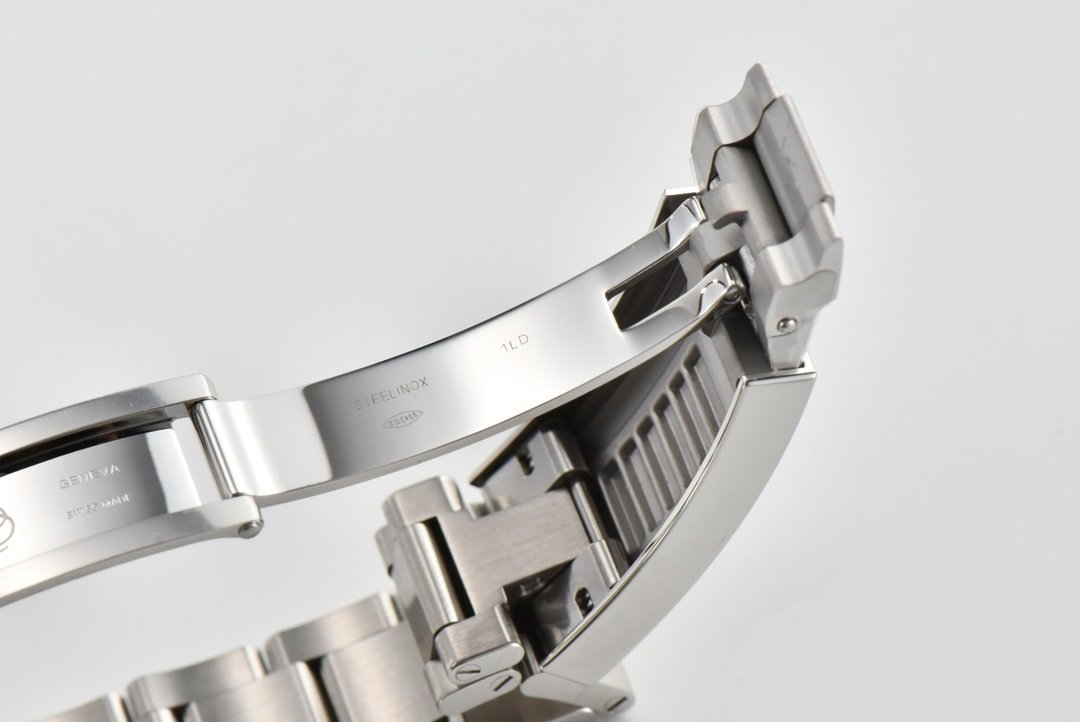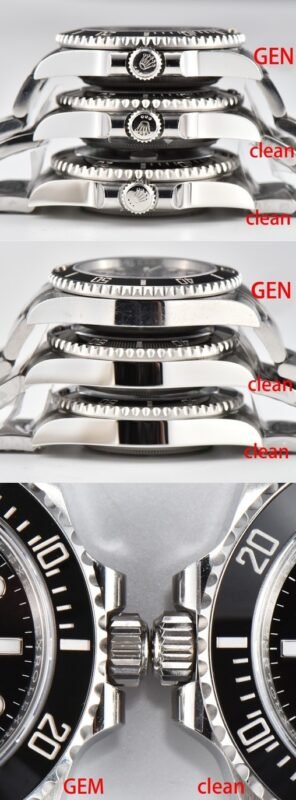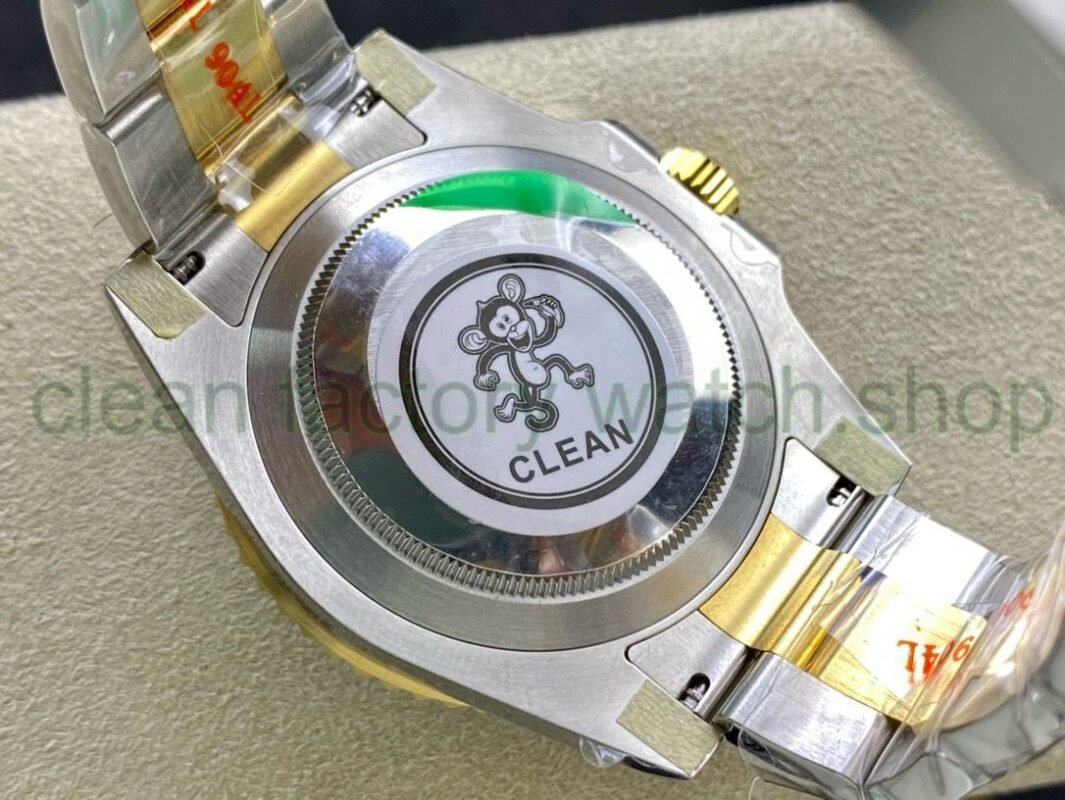Blog
Timekeeping Excellence: Exploring the Clean Factory Watch Movement

Timekeeping Excellence: Exploring the Clean Factory Watch Movement
In an era were precision meets sustainability,the watch industry is experiencing a change that marries artistry with ethics. Enter the Clean Factory watch Movement—an initiative reshaping our understanding of horological excellence while prioritizing environmental stewardship. This movement not only champions innovative design and meticulous craftsmanship but also embraces transparency and social responsibility. As conscientious consumers increasingly seek products that harmonize with thier values, the Clean Factory Watch Movement emerges as a beacon for those who appreciate both the intricacies of timekeeping and the importance of ethical production. Join us as we delve into this compelling movement, uncovering the visionary brands, groundbreaking practices, and the passionate individuals driving the change toward a cleaner, more responsible future in watchmaking.
Table of Contents
- The Origins of the Clean Factory Watch Movement
- Innovations in Sustainable Timekeeping Practices
- assessing the Impact on Horology and the Environment
- Recommendations for Embracing Clean Factory Standards
- Q&A
- Closing Remarks
The Origins of the Clean Factory Watch movement
The Clean Factory Watch Movement emerged from a growing awareness of sustainability in the luxury watch industry, as enthusiasts began to demand transparency in production processes. It blossomed in the early 2010s, championed by a new generation of watchmakers and consumers who recognized the importance of ethical sourcing and manufacturing. This ripple of change aimed not just to enhance the quality of timepieces, but also to advocate for social responsibility and environmental stewardship. Influential watch brands initiated the movement by adopting practices that prioritized clean sourcing, labor rights, and environmental sustainability, simultaneously elevating craftsmanship and concious.
Central to the movement’s philosophy are several core principles that guide the creation of timepieces. these principles include:
- Ethical Sourcing: Materials are obtained from responsible suppliers who adhere to fair trade practices.
- Minimal waste: Manufacturing processes are designed to reduce waste, ensuring that every component is utilized efficiently.
- transparency: Brands commit to open communication about their supply chains and production methods.
- Community Engagement: Initiatives are launched to support local artisans and communities involved in the watchmaking process.
As the movement continues to gain momentum, it lays the groundwork for an industry that values both timekeeping excellence and planetary health. In doing so,it challenges customary notions of luxury by reimagining what it means to be a responsible consumer in the ever-evolving world of horology.
Innovations in Sustainable Timekeeping Practices
The realm of horology is witnessing a transformative shift as the clock ticks towards sustainability. Innovations are emerging that not only enhance the functionality of timepieces but also embrace eco-amiable practices at every stage of production. Key manufacturers are prioritizing the use of recycled materials, including metals and plant-based composites, contributing to a reduction in waste and the depletion of natural resources. Moreover, the integration of solar technology into watch designs allows for renewable energy to power timekeeping mechanisms, demonstrating that functionality can harmonize with ecological responsibility. The commitment to transparent supply chains also has become paramount, enabling consumers to understand the provenance of their timepieces, from raw materials to finished products.
Additionally, brands are adopting sustainable practices within their factories, moving towards cleaner manufacturing processes that minimize carbon footprints. This includes utilizing water-based adhesives and coatings, reducing harmful chemical emissions, and deploying energy-efficient machinery. As part of their commitment to sustainability, many companies are engaging in reforestation projects and other initiatives that counterbalance their environmental impact. A summary of these practices reveals a comprehensive approach towards responsible craftsmanship that is redefining the watchmaking landscape:
| Innovative Practice | Description |
|---|---|
| Recycled Materials | Utilization of upcycled metals and natural substances. |
| Solar Technology | Integrating solar power for sustainable timekeeping. |
| clean Manufacturing | Minimal impact processes reducing harmful emissions. |
| Community Engagement | Involvement in reforestation and environmental conservation. |
Assessing the Impact on Horology and the Environment
As the horological world embraces the Clean Factory watch Movement, it is essential to evaluate the dual impact this paradigm shift has on both craftsmanship and the environment. By prioritizing sustainable practices, watchmakers are redefining their approaches, focusing on a harmonious balance between aesthetic allure and ecological responsibility. The integration of eco-friendly materials and energy-efficient processes represents a critical step forward in minimizing the watch industry’s carbon footprint, while also maintaining the integrity of traditional craftsmanship.
Key initiatives driving this movement include:
- Use of Recycled Materials: Incorporating recycled metals and sustainable leather substitutes into watch designs.
- Renewable energy Sources: Powering manufacturing facilities with solar or wind energy to lessen dependence on fossil fuels.
- Water Conservation: Implementing systems to recycle water used in production processes.
| impact Area | Traditional Practices | Clean Factory Practices |
|---|---|---|
| Material Sourcing | Conventionally mined metals | Recycled and sustainable materials |
| Manufacturing Energy | Non-renewable energy | Renewable energy solutions |
| Waste Management | High waste generation | recycling and waste reduction techniques |
Recommendations for Embracing Clean Factory Standards
To effectively adopt clean factory standards, it is indeed essential for manufacturers to start by assessing their current practices and identifying areas for improvement. Establishing a baseline will help measure progress and foster a culture of sustainability. Consider the following steps to streamline this integration:
- Conduct Regular Audits: Monitor compliance with clean standards through frequent audits, identifying shortcomings in real-time.
- Engage Your Workforce: Foster an environment where employees feel responsible for implementing sustainable practices.
- Utilize Eco-Friendly Materials: Source materials that minimize environmental impact and support recycling initiatives.
- Invest in Training: Provide ongoing education on clean manufacturing processes and their benefits to encourage adoption.
Moreover, collaborating with industry partners can create a broader impact and enhance credibility. Sharing best practices and resources can not only improve individual operations but also elevate industry standards. A simple approach to collaboration includes:
| Collaboration Method | Description |
|---|---|
| Partnerships with NGOs | Work with local organizations to develop community-oriented clean manufacturing initiatives. |
| Joint Research Projects | collaborate on innovative technologies that advance clean factory practices. |
| Industry Forums | Participate in discussions to share challenges and prosperous strategies among peers. |
Q&A
Q&A: Timekeeping Excellence – Exploring the Clean Factory Watch Movement
Q1: What is the Clean Factory Watch Movement?
A1: The Clean Factory watch Movement is an initiative aimed at revolutionizing the watchmaking industry by promoting transparency, sustainability, and ethical practices within manufacturing processes. It focuses on creating timepieces in clean facilities that prioritize reduced environmental impact and fair labor conditions, ensuring that every watch tells a story of conscientious craftsmanship.
Q2: How did this movement originate?
A2: The movement emerged in response to growing consumer awareness about the social and environmental challenges within the luxury goods sector.as watch enthusiasts began to seek products that align with their values, manufacturers started to rethink their production methods, fostering a commitment to creating timepieces that are not just visually appealing but also ethically sound.
Q3: What are the core principles of the Clean Factory Watch Movement?
A3: The core principles include sustainability, ethical sourcing, and transparency. Brands engaged in the movement strive for eco-friendly materials, energy-efficient manufacturing processes, and they maintain clear communication about their supply chains.The goal is to ensure that every component—from raw materials to the final product—is responsibly sourced and produced.
Q4: What distinguishes a watch from the Clean factory Movement from traditional timepieces?
A4: Traditional timepieces often utilize materials and manufacturing practices that can be detrimental to the environment or exploitative to workers. In contrast, watches from the Clean Factory Movement incorporate sustainable materials, utilize renewable energy sources in production, and ensure fair labor practices. This results in watches that not only excel in craftsmanship but also resonate with consumers’ values.
Q5: How do consumers benefit from supporting brands within this movement?
A5: By choosing watches from the clean Factory Watch Movement,consumers support ethical practices and contribute to a more sustainable industry. They gain peace of mind knowing their purchase positively impacts the environment and encourages fair labor practices. Additionally, these timepieces frequently enough feature innovative designs and high-quality craftsmanship, offering both aesthetic and ethical value.
Q6: What should consumers look for when purchasing a watch from this movement?
A6: Consumers should seek brands that provide clear information about their manufacturing processes, sourcing practices, and ethical commitments.certifications from third-party organizations focused on sustainability and fair labor practices can also help guide decisions. Look for companies that share their story transparently, detailing how they contribute to cleaner production and responsible consumerism.
Q7: Are there any notable brands or collaborations leading the way in this movement?
A7: Yes, several brands are pioneering this initiative, including emerging boutique labels and established names in the watch industry that have embraced sustainability. Collaborative efforts among designers, environmental charities, and industry leaders also play a critical role in pushing the movement forward. These partnerships often highlight innovative solutions to common production challenges, exemplifying the practical request of ethical principles.
Q8: What is the future outlook for the Clean Factory Watch Movement?
A8: The future appears promising, as consumer demand for sustainable and ethical luxury products continues to grow. The movement is highly likely to inspire a broader shift within the industry, encouraging more brands to adopt clean practices. As technology advances and awareness increases, we can expect innovative solutions that bring together luxury, sustainability, and impeccable craftsmanship, ultimately reshaping the landscape of fine watchmaking.
Q9: How can individuals contribute to or engage with the Clean Factory Watch Movement?
A9: Individuals can engage by educating themselves on sustainable practices and supporting brands that align with their values. Sharing information on social media, advocating for transparency in the watch industry, and encouraging discussions around responsible consumerism can amplify the movement’s message. additionally, attending workshops or events related to sustainable fashion can foster community engagement and deeper understanding of the movement’s impact.
Closing Remarks
As we draw the curtain on our exploration of the Clean Factory Watch Movement, it becomes clear that timekeeping is not merely about the hours and minutes that pass, but about the values and principles that shape our connection to these timeless instruments. The journey to timekeeping excellence is a commitment to sustainability, craftsmanship, and innovation—a reflection of our collective desire for a more responsible future.In the intricate dance between tradition and modernity, the Clean Factory Watch Movement stands as a testament to what is possible when we prioritize ethical practices without sacrificing quality or design. These timepieces serve not only as functional devices but also as symbols of a commitment to a more sustainable world, reminding us that each tick of the second hand carries with it the weight of our choices.
as we move forward,it is crucial to recognize the efforts of those who strive for excellence in timekeeping while fostering a cleaner,more ethical manufacturing landscape. By supporting this movement, we are not just investing in a watch; we are investing in a philosophy—one that champions transparency, respect for artisanship, and a profound connection to the environment. So, let us embrace this new era of horology, where every moment is made a little brighter, a little cleaner, and a whole lot more meaningful.As we wind down our discussion, we encourage you to keep an eye on this evolving story, for the future of timekeeping is ticking steadily towards a horizon defined by responsibility and excellence.

